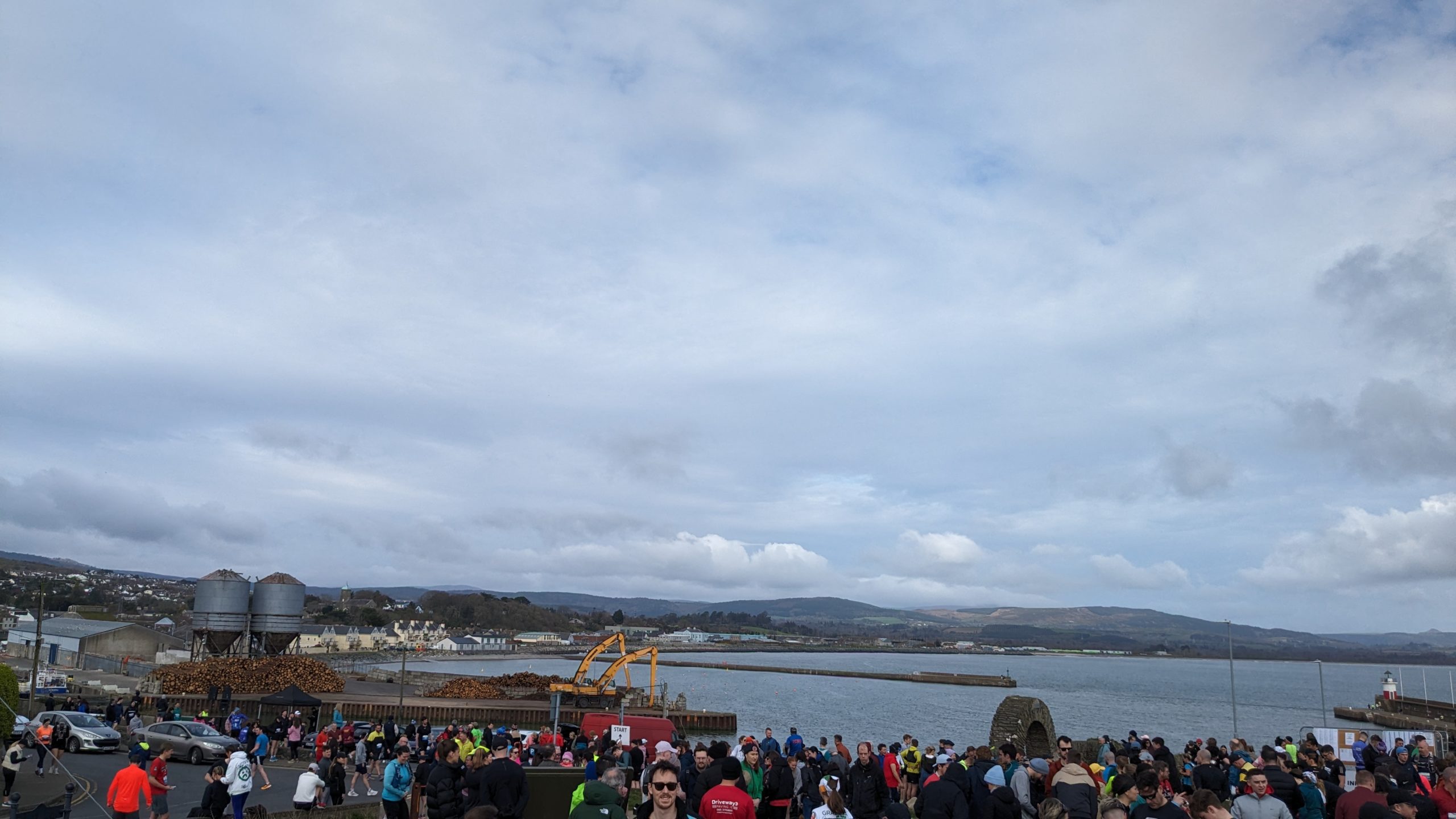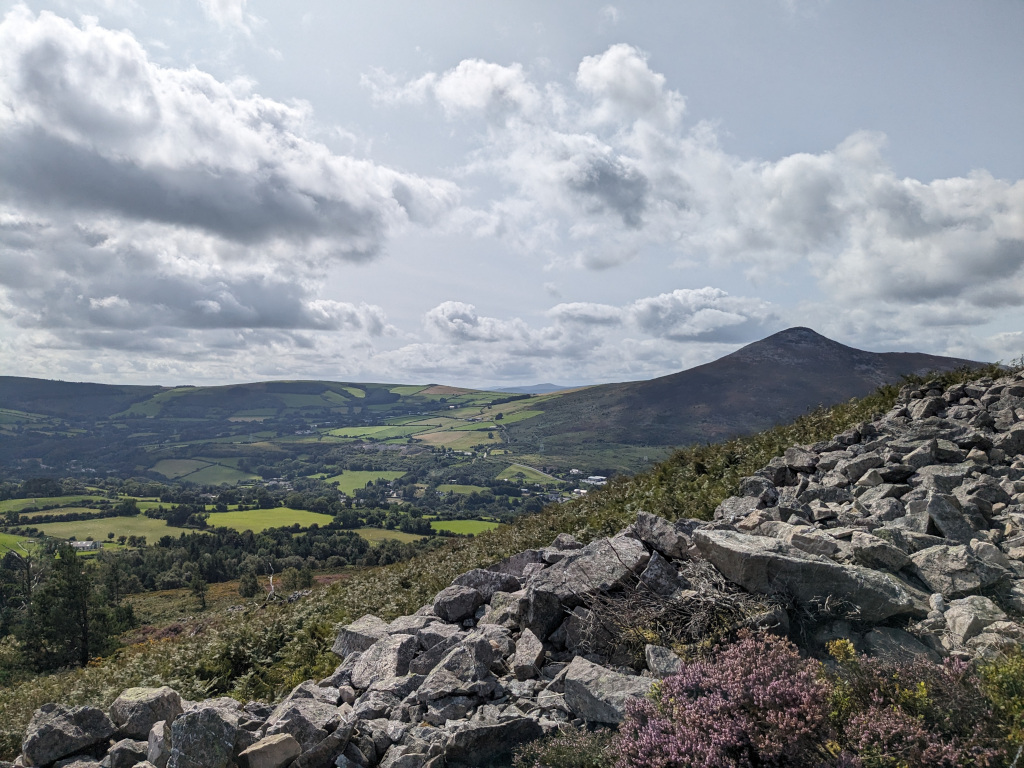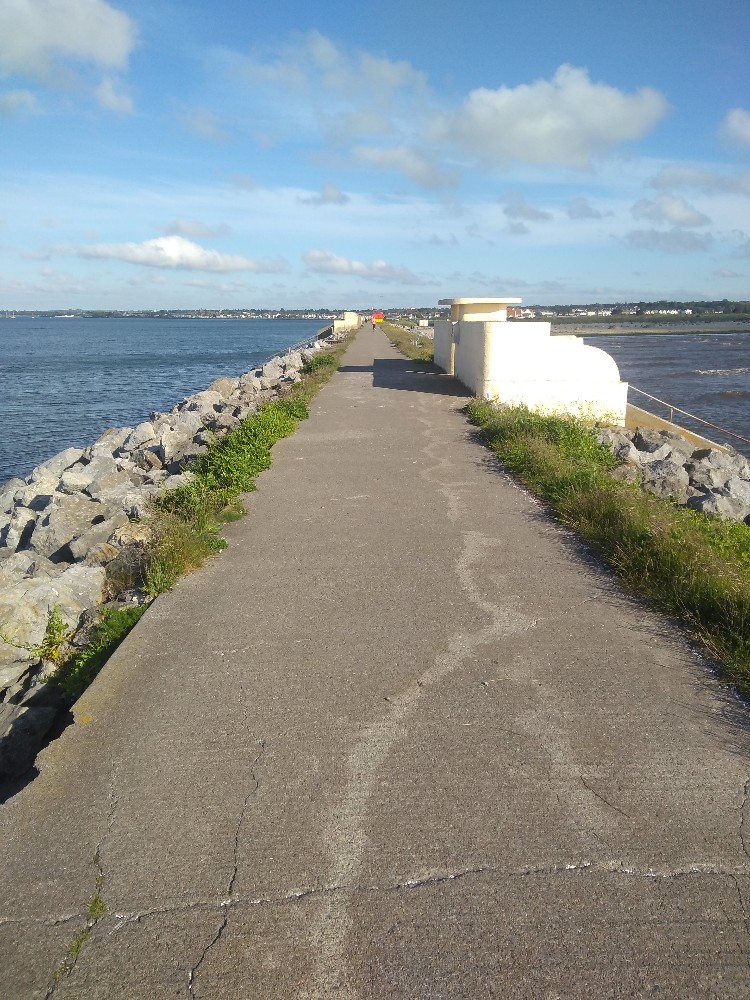The start line was crowded. I’d normally start a race at the back of the pack. I was chatting to Phil at Black Castle, where we awaited being called to the start line. Phil is a fast runner and a friend. I went along with him, starting further ahead than I had ever started, or so I thought. Then, two organizers held a rope just ahead of us. We were going to be the start of Wave 2! That’s not an experience I’ve ever had! I’m not a fast runner. According to my watch, I was capable of doing a 2h 10m half marathon on the day of the race. Phil, meanwhile, was hoping for 1h 50m or thereabouts.
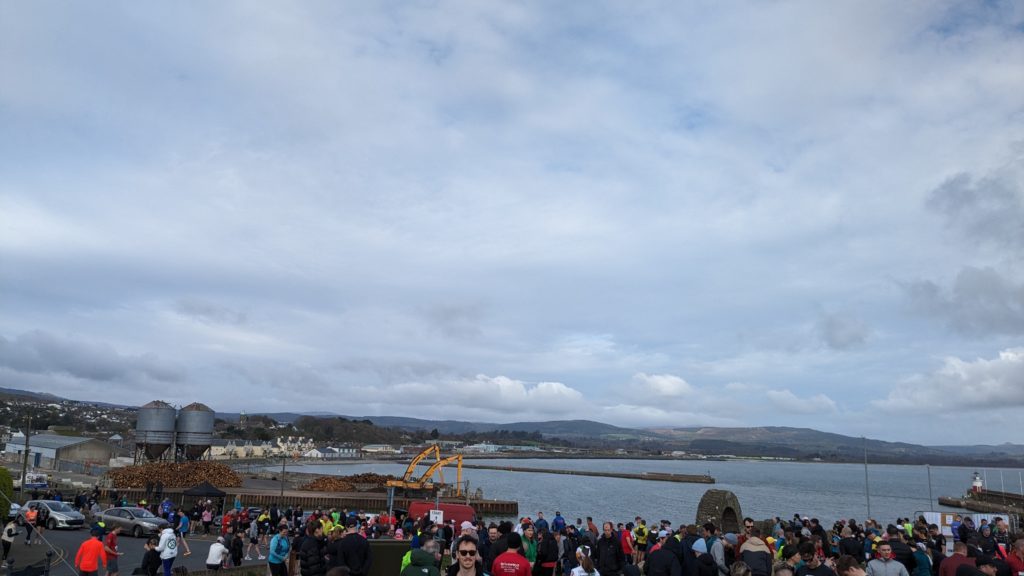
We started as soon as the horn went off. From South Quay, around the little rectangle around Bridge St, Church St, Wooden Bridge Rd, Bachelor’s Walk, and ended back at Bridge St, but this time turning towards the sea. The route went on towards Rathnew (again a lot of familiar roads and hills), Magheramore, and back into Wicklow Town with the finish line at the Wicklow Goal. This is the first race I’ve done in Ireland where people come out to cheer on the streets. I’ve done the Clontarf Half Marathon twice before and the atmosphere was nowhere close to this one.
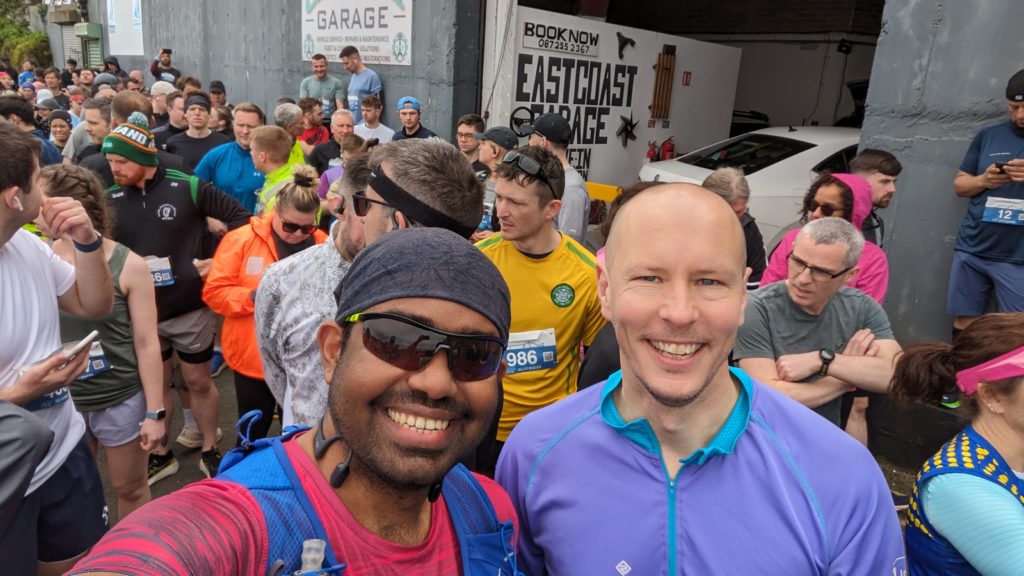
My two previous times for a half marathon in Ireland have been 02:28:45 and 02:27:25. I didn’t do well in either of those races compared to how well I’d trained. I remember feeling quite disappointed. There’s the added fun where the route in Clontarf is flat, but oh boy, the headwinds are brutal. The race this past weekend was hilly but the breeze was gentle and comforting rather than pushing me around.
Since I started working with Sarah, I’ve trained fairly consistently except for a bit in the early days where I was struggling to make time to train. With the layoffs in the last year and general life events, I’ve made a more conscious effort to put my health first. The last year or so has been super consistent. In the last year, I’ve only taken 2 weeks off from running completely. Both those times, I’d fallen sick and took time to fully recover.
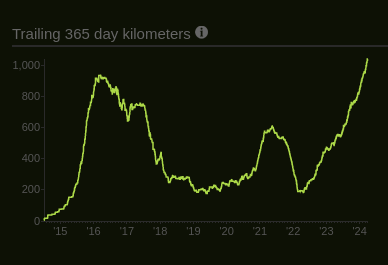
The familiar roads of this race felt easy even when the terrain was not. I pushed myself to keep running. I didn’t focus much on my pace. I kept telling myself that this is just a training run. Just keep moving and focus on not bonking. In Ecotrail last year, I distinctly remember feeling completely out of energy going up the Little Sugar Loaf. To prevent that situation, this time, I planned to have a gel every 30 mins and boy did that work! The taste of the gel was a bit disgusting towards the end, but I didn’t feel super weak at any point. In the future, I might alternate caffeinated gels with non-caffeinated gels. I only had one flavor so I had to make do this time.
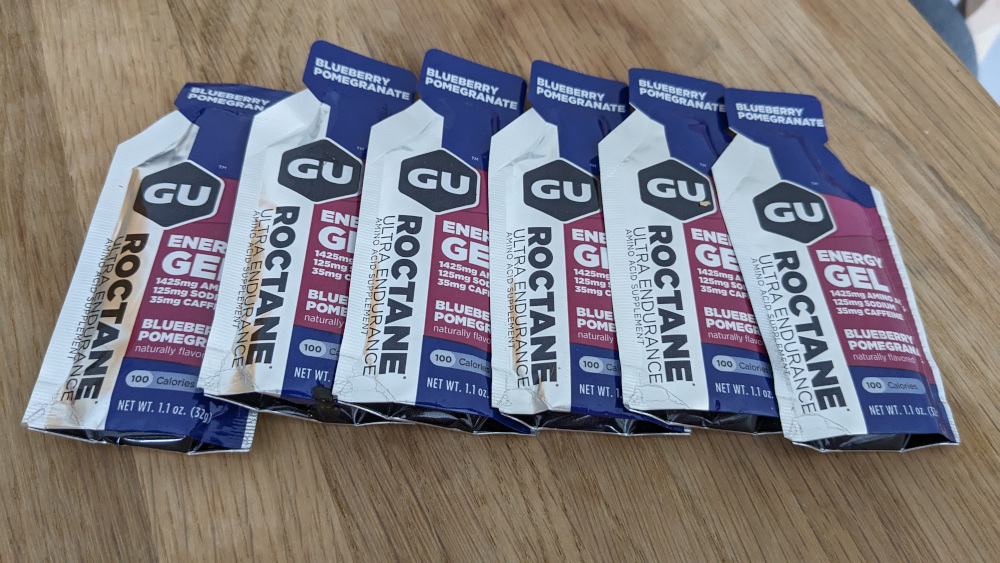
The weather was perfect for T-shirt and tights. Briefly, I wished I wore a pair of shorts instead. It was a bit of a warm day. The last few races, I’ve always I had to take a walk break. On the trail races, it’s inevitable, because the terrain gets tricky all the time and the safe thing to do is to walk it. On road races, I haven’t been fit enough to run the whole thing in the past. I distinctly remember at the 19 km mark, I was a bit surprised that there was only 2.1 km or so to go. I was feeling well enough to push harder!
I finished this hilly and sunny run in 02:12:11. It is a superb improvement from my past performance. In addition to just the improvement in time, I’m glad I made great strides in my fueling strategy.
Wicklow Town really embraced this race. There were people on the road cheering and clapping with signs. There were old ladies on the street telling us, “You just have one short hill and it’s downhill all the way”, and the finish area was packed with people cheering everyone on! Some funny posters I saw included one that said, “Run like you’re being chased”, “Run like you stole something”, and my favorite, “You run better than this government” held up by a little kid.
I think I will swap Clontarf Half Marathon for the Wicklow event in the years to come.
